White piedra is more than just a minor hair condition—it is a fungal infection that attaches itself to the hair shaft and creates soft, white nodules that are visible to the naked eye. Unlike common scalp issues such as dandruff, which only affects the surface of the scalp, white piedra develops directly on the hair strands, making it both a cosmetic concern and a potential sign of deeper scalp imbalance. Recognizing this condition early is crucial, as it can spread, cause discomfort, and in some cases even weaken the hair structure.
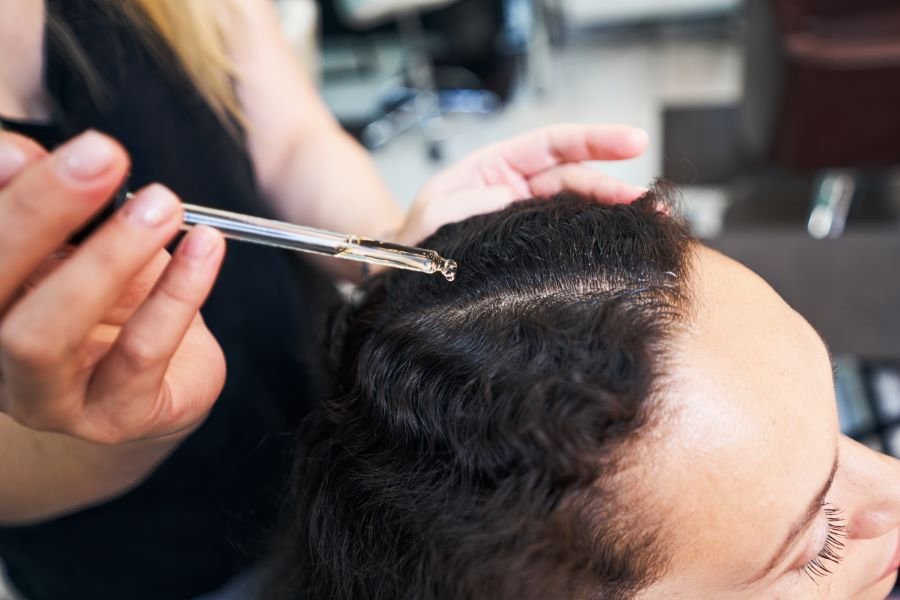
Addressing white piedra requires more than temporary fixes; it calls for understanding how and why it develops. From the role of humidity and poor hygiene habits to the presence of specific fungal organisms, several factors can trigger its onset. In the following sections, we will take a closer look at its symptoms, causes, and effective treatments, while also exploring how this condition relates to overall scalp health and the success of procedures like hair transplantation.
Symptoms of White Piedra
The first signs of white piedra often go unnoticed, as the condition develops slowly on the hair shaft. Over time, however, the infection produces visible and tangible changes that are difficult to ignore. Unlike dandruff or simple dryness of the scalp, this fungal infection leaves its mark directly on the hair strands, which makes the symptoms unique.
Visible White Nodules
Perhaps the most defining feature of white piedra is the development of white or cream-colored nodules. These are soft to the touch and form clusters around sections of hair. While they may resemble tiny beads or even lice eggs, their texture and persistence make them distinctive.
- Nodules often appear in groups along the shaft, not at the scalp
- They remain attached despite combing or washing
- Some strands may carry multiple nodules, giving the hair a rough feel
Scalp Discomfort and Hair Changes
Not everyone experiences pain, but many notice subtle discomfort as the infection spreads. The nodules may create a sense of heaviness in the hair, while the scalp itself can become itchy or irritated. Over time, this can compromise the natural strength of the hair.
- Mild but persistent itching around infected hairs
- Sensitivity in areas with multiple nodules
- Increased hair fragility or unexpected breakage
Easily Confused with Other Conditions
Because the symptoms of white piedra overlap with common scalp problems, people often misinterpret what they are seeing. Flakes of dandruff, lice eggs, or even residue from styling products may all look similar at first glance. The key difference lies in how stubbornly the nodules remain attached.
- Dandruff: falls away as flakes, does not cling to hair shafts
- Lice eggs (nits): harder, oval-shaped, and usually closer to the scalp
- Black piedra: same infection type, but produces dark, hard nodules instead of white
Causes and Risk Factors of White Piedra
The development of white piedra is closely tied to a combination of biological, personal, and environmental factors. While it begins as a fungal infection, the way it progresses and spreads depends heavily on an individual’s habits and surroundings. Understanding these risk factors not only explains why the condition appears but also helps in preventing future recurrences.
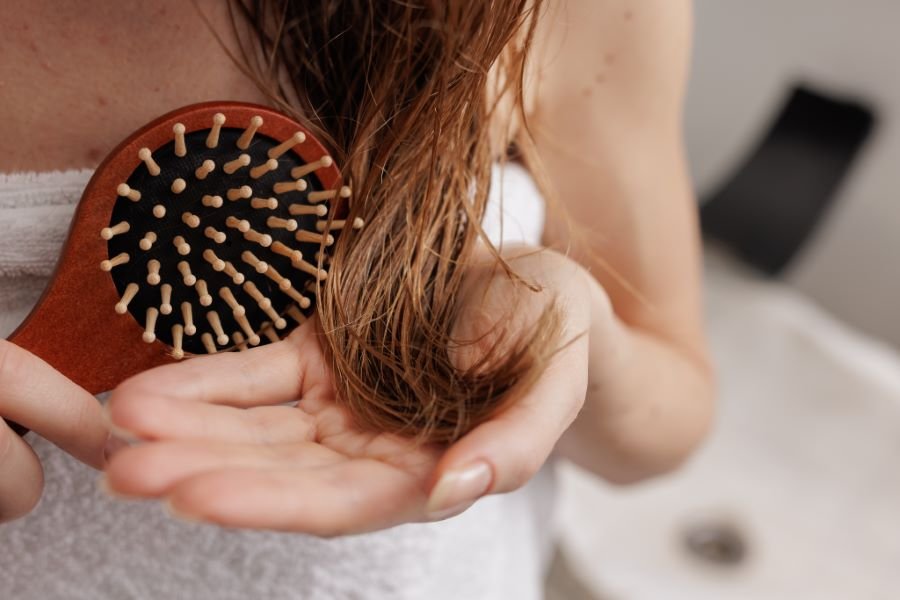
Fungal Origins of the Infection
At its core, white piedra is caused by fungi belonging to the Trichosporon species. These organisms colonize the outer layer of the hair shaft, leading to the formation of white nodules. Unlike bacteria or viruses, fungal infections thrive in specific conditions, making the hair a suitable environment when moisture and warmth are present.
Key points about the fungal source:
- White piedra is linked to Trichosporon beigelii and related fungi
- The infection does not usually penetrate the scalp but remains on the hair shaft
- Fungi multiply quickly in moist or unclean environments
Personal Hygiene and Hair Care Habits
Poor hygiene practices and irregular hair washing can increase the chances of developing white piedra. When sweat, oil, and environmental debris accumulate on the hair, it creates an ideal breeding ground for fungi. In addition, using unclean combs or sharing hair tools may spread the infection between individuals.
Common risk habits include:
- Infrequent washing of hair, especially in hot climates
- Sharing combs, brushes, hats, or towels
- Allowing hair to stay damp for long periods after washing
Climate and Environmental Influences
The surrounding environment plays a major role in the occurrence of white piedra. Regions with high humidity and warm temperatures provide the perfect conditions for fungal growth. People living in tropical or subtropical climates are more likely to develop this condition compared to those in cooler, drier areas.
Environmental risk factors:
- Hot and humid climates encourage fungal multiplication
- Prolonged exposure to sweat and dampness increases infection risk
- Rural or outdoor lifestyles, where hair is more exposed to natural elements
Why White Piedra Occurs More in Humid Climates
Humidity creates constant moisture around the hair shaft, which is exactly what fungi need to thrive. In tropical areas, hair rarely stays fully dry, making fungal colonization much easier. This is why white piedra is far more common in countries with year-round warm and damp weather.
- Constant exposure to moisture weakens natural scalp defenses
- Hair remains damp after sweating, creating a fungal-friendly surface
- Populations in tropical climates report higher rates of fungal scalp infections
High-Risk Groups
Although anyone can develop white piedra, certain groups face higher risks due to lifestyle or health-related factors. Children and young adults are often more affected, possibly because of increased physical activity and exposure to humid conditions. Additionally, individuals with compromised immune systems may find it harder to fight off the infection.
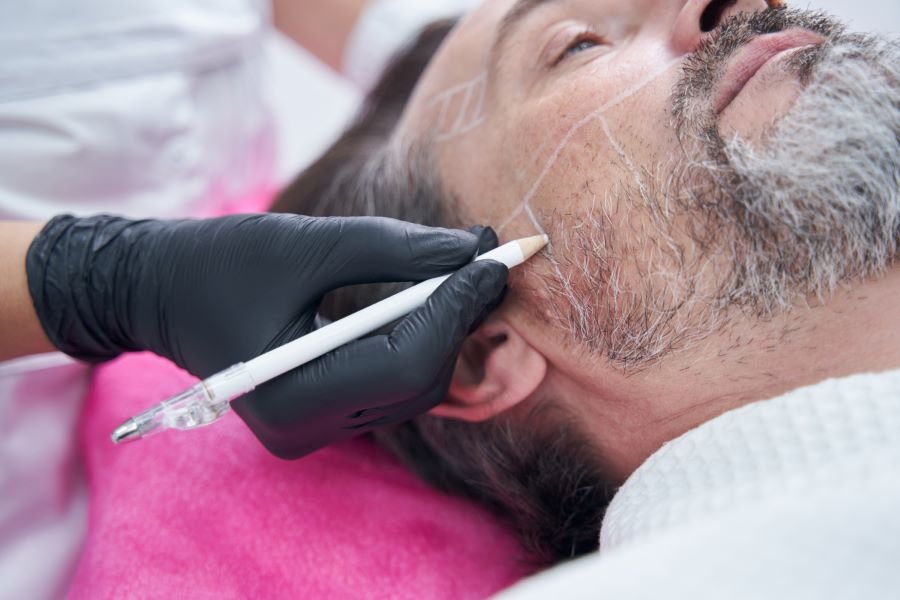
Groups at higher risk include:
- People living in tropical or subtropical regions
- Children, adolescents, and athletes who sweat frequently
- Individuals with weakened immunity or underlying health conditions
- Those who regularly share personal hair care items
Diagnosis and Differential Diagnosis
Accurate diagnosis of white piedra is essential, as its appearance can easily be confused with other scalp and hair conditions. While the white nodules on hair shafts are a strong indicator, a professional evaluation is required to confirm the infection and rule out similar problems.
Dermatological Examination
The first step in diagnosing white piedra is a careful examination by a dermatologist. During the consultation, the doctor inspects the scalp and hair shafts for nodules, checking their color, size, and how firmly they are attached. Unlike dandruff flakes, the nodules of white piedra are not easily brushed away, which immediately sets them apart. This visual inspection often provides a strong initial clue about the presence of the infection.
Diagnostic Methods (Microscopic & Lab Tests)
To confirm the diagnosis, microscopic analysis is commonly performed. A few infected hairs are collected and examined under a microscope, where the fungal structures become visible. In some cases, laboratory cultures may also be taken to identify the specific fungal species responsible, usually from the Trichosporon group. These tests are crucial not only for confirming white piedra but also for determining the most effective treatment approach.
White Piedra vs. Black Piedra
One of the most common confusions in diagnosis is between white piedra and black piedra. Both conditions are caused by fungi and present as nodules along the hair shaft, but they differ in appearance and hardness. White piedra nodules are soft, whitish, and relatively easy to break, while black piedra produces hard, dark nodules that cling tightly to the hair. Recognizing this distinction is key to prescribing the right antifungal therapy.
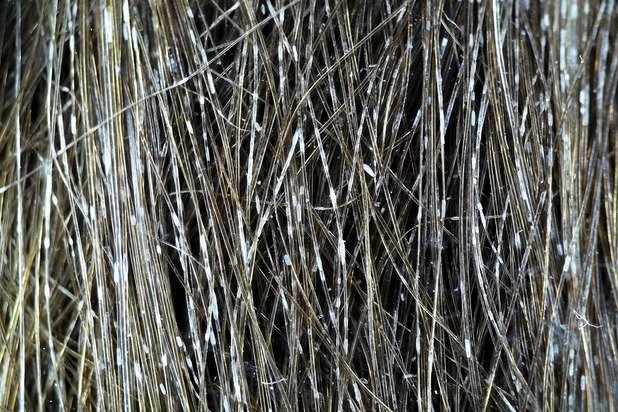
White Piedra vs. Lice
Another frequent misdiagnosis occurs when the nodules of white piedra are mistaken for lice eggs (nits). At a glance, both appear as white or cream-colored particles on the hair shaft. However, lice eggs are smaller, oval-shaped, and more translucent, and they are often located near the scalp. In contrast, white piedra nodules can be found at different lengths along the hair shaft and have a softer texture. Careful examination under magnification makes it possible to clearly differentiate between the two conditions.
Treatment Options for White Piedra
Treating white piedra requires a combination of medical therapies and proper hair care practices. Since this fungal infection clings tightly to the hair shaft, simple washing is not enough. Dermatologists usually recommend antifungal medications and medicated shampoos, but supportive home remedies can also help speed up recovery. Understanding each treatment option makes it easier to manage the condition effectively and prevent future recurrences.
Antifungal Medications
Prescription antifungal drugs are often the first line of defense against white piedra. These medications work by targeting the fungi responsible for the infection and gradually eliminating them. Depending on the severity, doctors may suggest oral antifungal tablets or topical creams applied directly to the scalp and hair.
Common antifungal treatments include:
- Oral antifungal tablets (e.g., itraconazole, fluconazole)
- Topical antifungal creams applied to localized areas
- Treatment duration ranging from several weeks to months, depending on infection severity
Medicated Shampoos and Topical Solutions
Specialized shampoos play a major role in controlling white piedra, as they help reduce fungal buildup on the hair shafts. These shampoos often contain active antifungal agents such as ketoconazole or selenium sulfide. When used regularly, they not only treat existing nodules but also prevent new ones from forming.
Key shampoo and topical options:
- Shampoos with ketoconazole, selenium sulfide, or ciclopirox
- Antifungal sprays or lotions for direct scalp application
- Regular use (2–3 times per week) to maintain long-term protection
Best Antifungal Shampoos for White Piedra
Choosing the right shampoo can make a significant difference in treatment success. The best antifungal shampoos for white piedra are those that combine strong antifungal agents with soothing ingredients to reduce irritation. Patients should follow the dermatologist’s guidance on frequency and duration of use.
Top recommended options often include:
- Ketoconazole-based shampoos (widely used against fungal scalp infections)
- Selenium sulfide shampoos for reducing fungal growth and scalp oiliness
- Ciclopirox shampoos for resistant or recurring cases
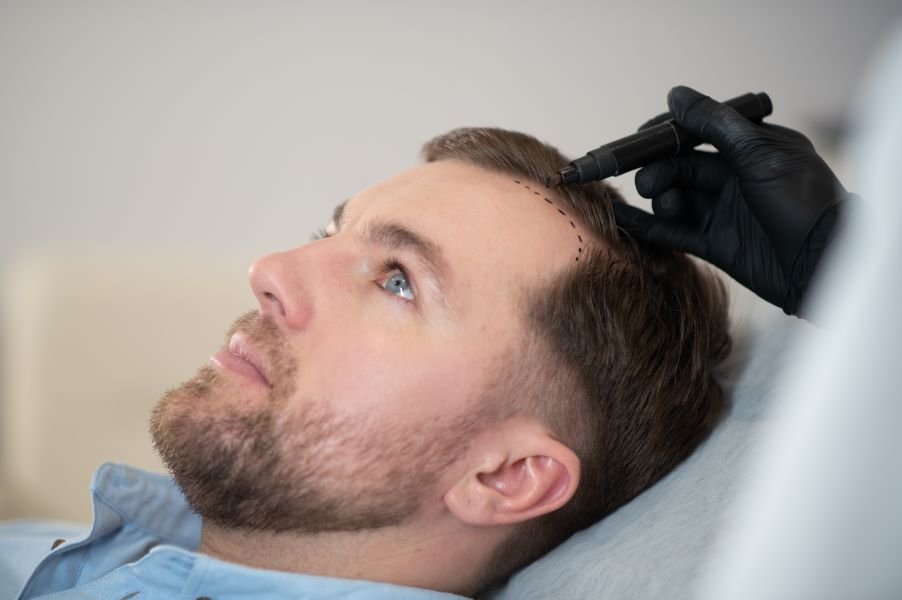
Home Remedies and Supportive Care
While medical treatments are essential, some home remedies can support recovery from white piedra. These methods should not replace antifungal drugs or shampoos but can complement them by keeping the scalp clean and reducing moisture buildup.
Supportive care tips:
- Wash hair frequently to prevent fungal accumulation
- Dry hair thoroughly after showers or exercise
- Use natural rinses like diluted vinegar or tea tree oil (with caution)
- Avoid sharing combs, hats, and towels to stop the spread
When to See a Dermatologist
Not every case of white piedra can be managed at home. If nodules persist despite using medicated shampoos, or if the infection spreads to multiple areas of the body, professional medical help is necessary. Dermatologists can prescribe stronger antifungal medications and ensure the condition is fully resolved.
You should consult a dermatologist if:
- Nodules remain after weeks of home treatment
- Itching, redness, or irritation becomes severe
- Hair breakage worsens despite proper care
Will White Piedra Go Away on Its Own?
Some people wonder whether white piedra can disappear without treatment. In rare cases, the infection may improve slightly if hygiene habits change, but most of the time it persists until antifungal therapy is introduced. Without proper treatment, the fungus continues to grow and may cause long-term scalp discomfort or cosmetic concerns.
Key points to remember:
- White piedra rarely resolves on its own
- Medical treatment ensures faster and more complete recovery
- Delaying treatment increases the risk of recurrence
Is White Piedra Dangerous?
At first glance, white piedra may look like nothing more than a minor scalp issue, but its impact can be more troubling than many expect. While it does not pose serious medical risks, the infection can compromise hair quality and cause ongoing frustration. The visible nodules often make the hair appear unclean, and in the long run, the condition may weaken strands and irritate the scalp.
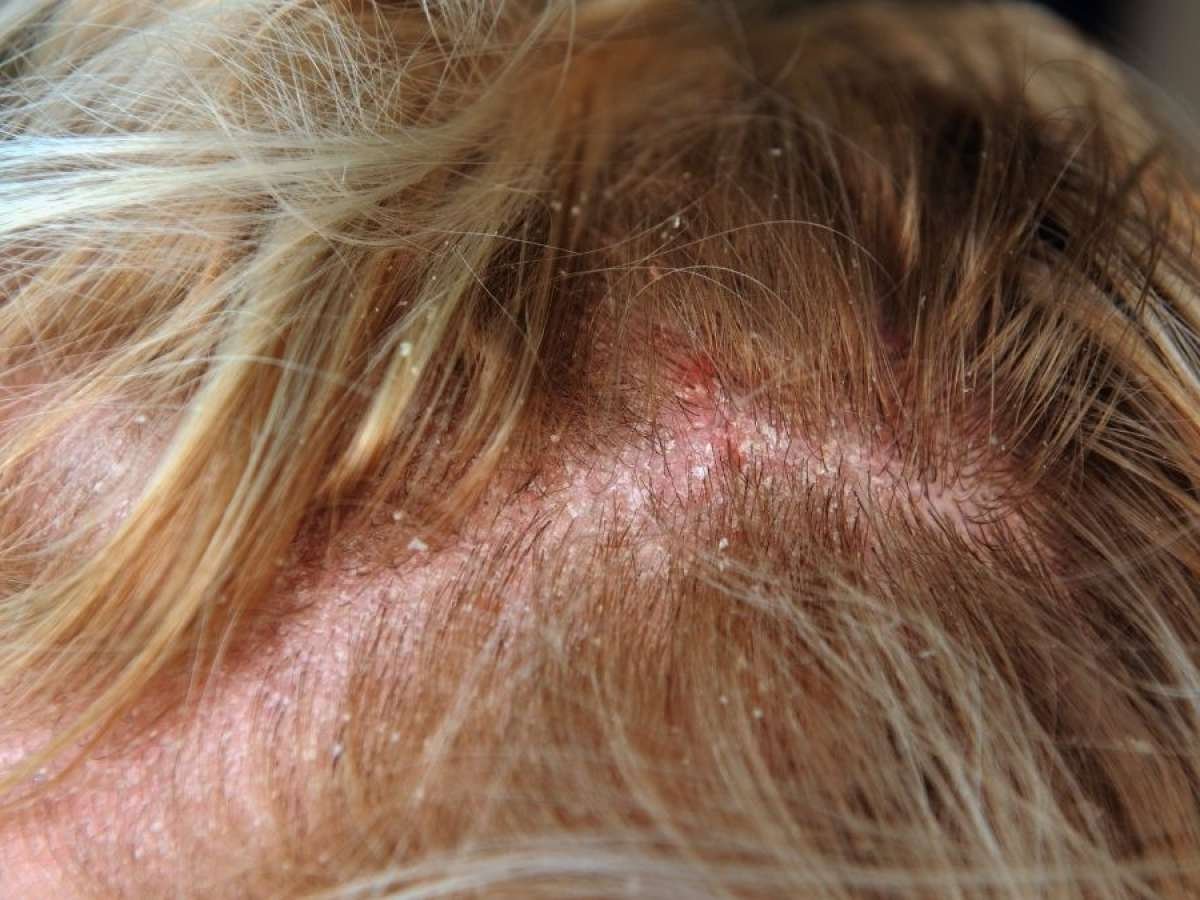
Potential Impact on Hair and Scalp Health
The constant presence of fungal nodules affects not only how the hair looks but also how it feels. Strands can lose their smooth texture, the scalp may itch, and breakage becomes more common. For people concerned about appearance, this can be as damaging psychologically as it is physically.
- Hair feels rough and brittle over time
- Persistent itching or discomfort lowers scalp health
- Visible nodules may lead to embarrassment or self-consciousness
Can White Piedra Lead to Hair Loss?
By itself, white piedra does not usually cause baldness. However, the infection weakens the hair shaft, and breakage is far more likely. In severe or untreated cases, this can give the impression of hair loss, especially when combined with frequent scratching or irritation of the scalp. For those already worried about thinning hair, white piedra can add another layer of concern.
Preventing White Piedra and Maintaining Healthy Hair
Preventing white piedra is mostly about consistency and care. The fungus thrives in damp, unhygienic environments, so small daily habits make a big difference. Clean hair, dry strands, and personal hygiene are the foundation of prevention, whether someone lives in a tropical climate or simply wants to lower their risk.
Proper Hair and Scalp Hygiene
Regular washing removes sweat, oils, and debris before they can feed fungal growth. Using the right shampoo and ensuring hair is completely dry afterward are key steps. Even simple routines, if done consistently, provide strong protection against white piedra.
Avoiding Shared Combs, Towels, and Hats
Because the fungus can survive on personal items, sharing them is one of the fastest ways to spread the infection. What seems like an innocent habit—borrowing a comb or towel—can actually introduce fungi to a healthy scalp. Protecting personal hygiene items is therefore a simple but crucial preventive step.
Controlling Moisture and Sweat in Hair
Moisture is the true ally of fungal infections. After exercise, swimming, or even long days in humid weather, hair that stays damp creates the perfect environment for white piedra to develop. Drying thoroughly and choosing breathable headwear can dramatically cut down this risk.
White Piedra and Hair Transplant Patients
Hair transplant procedures require a healthy scalp for long-term success. Because white piedra is a fungal infection that weakens the hair shaft and irritates the scalp, it can present unique challenges for those planning surgery. Understanding the relationship between the infection and transplantation is critical.
For anyone considering hair transplantation, scalp health plays a crucial role in the outcome. Choosing the right clinic is just as important as ensuring a healthy scalp. Top 10 Clinics Reviewed in 2025 can help patients find trusted options before starting their journey.
Can You Get a Hair Transplant While Having White Piedra?
Undergoing hair transplantation while affected by white piedra is not recommended. The infection must first be treated to ensure that transplanted follicles have the best chance of survival. Attempting surgery with an active infection can increase complications.
Reasons to delay surgery until treatment is complete:
- Risk of spreading fungal spores during the procedure
- Lower graft survival rate due to unhealthy scalp conditions
- Higher chance of post-operative complications like irritation or infection
White Piedra Risks After Hair Transplant Surgery
Even after successful transplantation, untreated or recurring white piedra can compromise results. The infection weakens new grafts and may create long-term issues if not managed early.
Potential risks include:
- Nodules forming around transplanted hairs
- Weakened grafts leading to breakage or failure
- Increased post-surgery discomfort, itching, or irritation
Importance of a Healthy Scalp Before Transplantation
A healthy scalp is the foundation of a successful hair transplant. Patients must ensure any active scalp infections, including white piedra, are fully resolved before surgery.
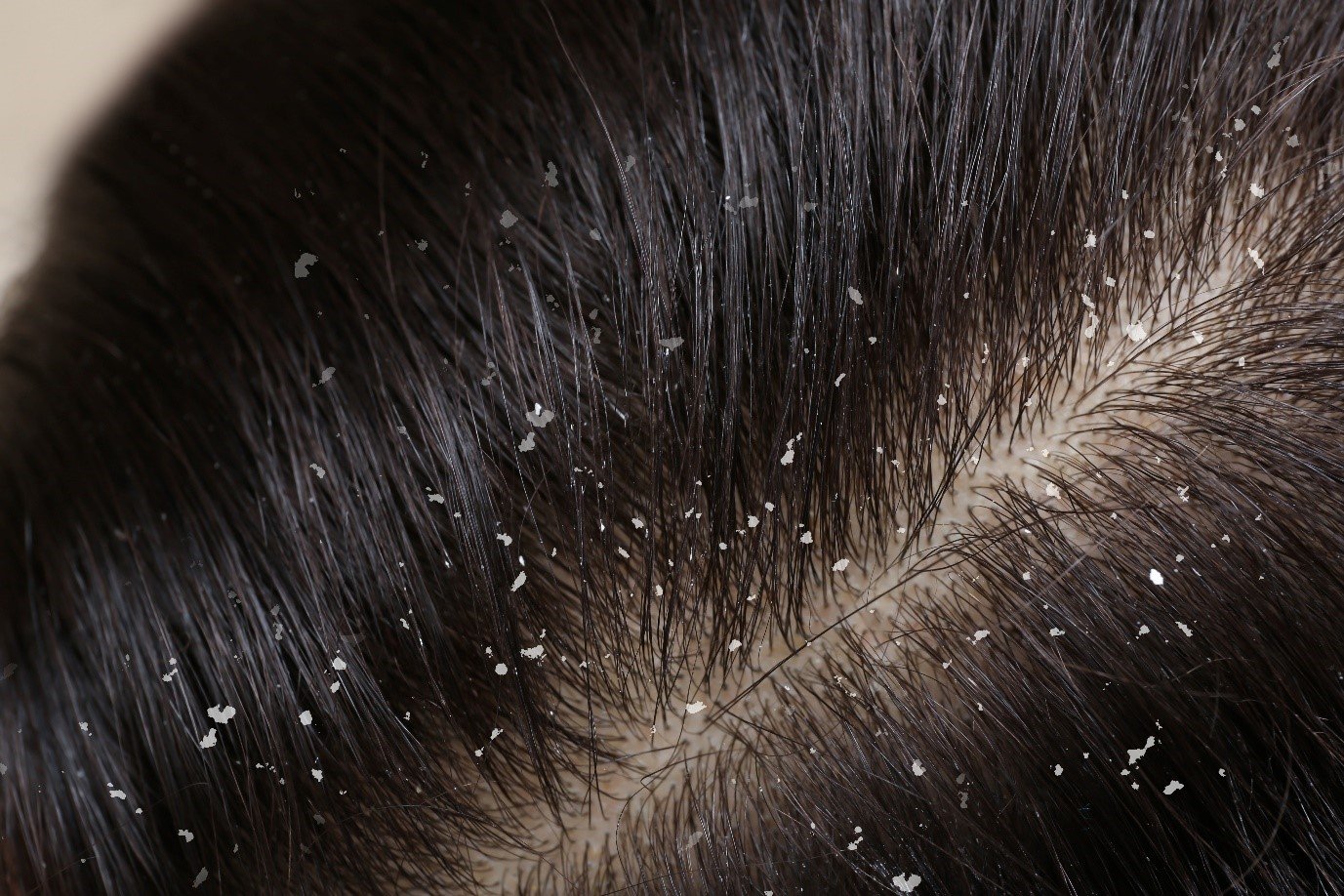
Why scalp health matters:
- Stronger graft survival and long-term growth
- Reduced risk of fungal reinfection after surgery
- Better healing and overall cosmetic results
FAQs About White Piedra
What is the difference between white piedra and black piedra?
The key difference is in appearance. White piedra produces soft, white nodules that are relatively easy to crush, while black piedra creates hard, dark nodules that cling tightly to the hair.
Where is white piedra most commonly found?
This condition is most often reported in tropical and subtropical areas where humidity and heat provide the perfect environment for fungal growth.
Why does white piedra occur more in humid climates?
Humidity keeps hair damp, and fungi thrive on moisture. That’s why people living in warm, wet regions—or those who sweat frequently—are more likely to develop the infection.
How can I prevent white piedra from recurring?
The best prevention is consistency. Washing and drying the hair thoroughly, keeping personal items separate, and avoiding prolonged dampness all reduce the chances of recurrence.
What happens if white piedra is left untreated?
If ignored, the nodules won’t go away on their own. They may multiply, weaken the hair, and cause ongoing irritation, making professional treatment inevitable.
Who is at higher risk of developing white piedra?
Anyone can be affected, but those in humid climates, athletes, and people with weaker immune systems are especially vulnerable.
How do I know if I have white piedra or lice?
At first glance they look similar, but lice eggs are hard, oval, and clustered near the scalp. White piedra nodules are softer and can appear along different parts of the hair shaft.
Will white piedra go away on its own?
Unfortunately, no. Without antifungal treatment, the fungus continues to grow, and the nodules remain firmly attached.
What are the best antifungal shampoos for white piedra?
Shampoos containing ketoconazole, selenium sulfide, or ciclopirox are among the most effective options recommended by dermatologists.
How is white piedra diagnosed by a doctor?
A dermatologist examines the scalp, then confirms the diagnosis through microscopic analysis of infected hairs or lab cultures.
Conclusion
Catching white piedra early prevents unnecessary discomfort and protects the long-term health of the hair. Effective treatment clears the infection quickly and minimizes the risk of recurrence.
For patients considering hair transplants, treating scalp infections first is non-negotiable. A healthy, infection-free scalp provides the foundation for graft survival, natural growth, and long-lasting results. It’s also important to understand the different transplantation techniques—DHI vs FUE: Which Technique Is Best?—so you can choose the method that aligns with your personal goals.